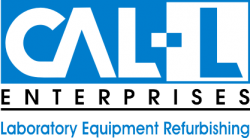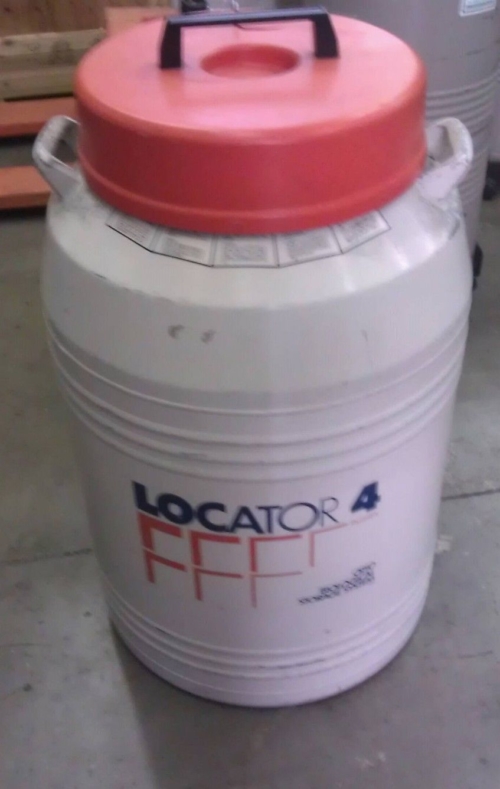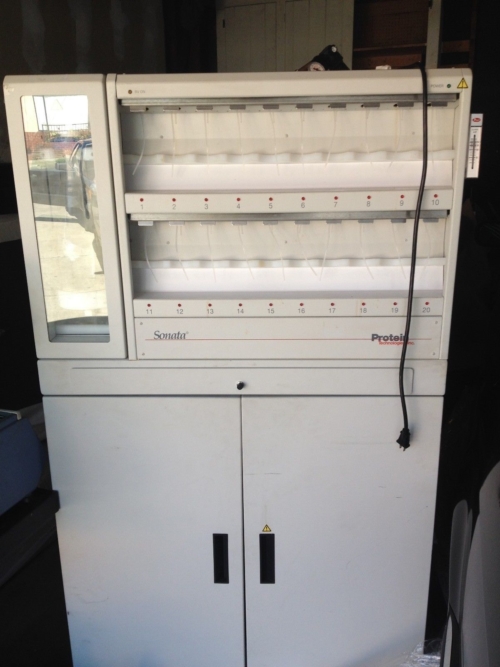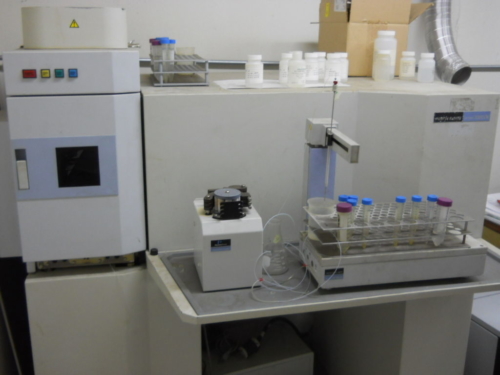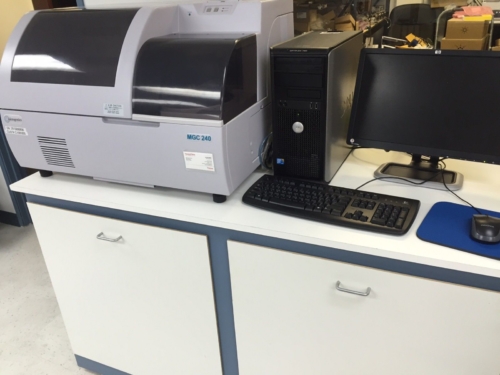Description
CETAC Technologies U-5000AT Ultrasonic Nebulizer ICP/MS With Temperature Bath The U5000AT+ Ultrasonic Nebulizer offers enhanced detection limits (up to 10x or greater) for ICP-AES and ICP-MS. AutoTune Power Supply Detection Limit improvement up to 10x or greater Efficient Desolvation System Optimized for Use with ICP-AES or ICP-MS Stable Operation Modular Design AutoTune Power SupplyCETAC’s AutoTune Power Supply automatically senses changes in sample composition to ensure uniform and consistent aerosol generation. This AutoTune feature permits continuous use of the nebulizer even in the absence of a sample, allowing unattended operation. Efficient Desolvation SystemThe U5000AT+ features a built-in desolvation system with a Peltier-cooled condenser. Dedicated teperature controllers allow fine adjustment of heater and condenser temperatures for best analytical performance. See schematic at right. Detection LimitsDetection limits obtained with the U5000AT+ on ICP-AES are listed below for both radial and axial ICP torch configurations. Detection limits are improved in a range of 5 to 25 times, depending upon the analyte. The U5000AT+ may also be coupled with an ICP-MS, providing sub-ppt detection limits for many elements, particularly the platinum group elements (PGEs), the rare earth elements (REEs) and the actinides. Comparison of Detection Limits (µg/L)(Radial Viewing) Notes: Detection limits are based on 3 sigma, with a 10-second integration time. Instrument used was a Thermo Jarrell Ash ICAP 61. Comparison of Detection Limits (µg/L) (Axial Viewing) Notes: Detection limits are based on 3 sigma, with a 20-second integration time. Instrument used was a PerkinElmer 4300DV ICP-AES. Comparison of Detection Limits (ng/L) (Quadrupole ICP-MS) Notes: Detection limits are based on 3 sigma, with a 9.9-seconds integration time. Instrument used was an Agilent 4500 ICP-MS. Utilizing the U5000AT+ for Aqueous Samples by ICP-AES The CETAC U5000AT+ improves detection limits on any ICP-AES by factors of 5 to 25. This improvement in ICP-AES detection limits allows the transfer of significant amounts of work from Graphite Furnace AA to ICP-AES, where sample throughput is much greater. Signal StabilityLong-term (10-hour) signal stability with the U5000AT+ for 500µg/L Pb spiked into drinking water is shown in the chart at right. Note the average stability is excellent at 0.40% RSD. (Each data point represents the mean of 180 ten-second measurements.) No internal standard was used in the stability experiment. Signal Stabilization and Sample Rinse-OutSignal stabilization, (Click figure on right), with the U5000AT+ is rapid, with signal reaching its plateau approximately 12 seconds after the sample reaches the ultrasonic transducer. Sample rinse-out is also fast, with the analyte concentrations decreasing to background levels after approximately 25 seconds. Sample and rinse solution (1% HNO3) uptake rate was 2.0 mL/min. Modular DesignThe CETAC U5000AT+ is equipped with a modular nebulizer/desolvation system. All wetted parts of the U5000AT+ are within this user removable module. ICP-AES instrumentation allows users to measure elements at high (ppm) and low (ppb) concentrations. A second (optional) nebulizer/desolvation module may be used to alleviate sample memory effects and simplify nebulizer cleanup. Changeover from one module to another takes less than five minutes. Specifications Sample Uptake Rate: 0.5 – 2.5 ml/min Nebulizer Gas Flow: 0.5 – 1.5 L/min Desolvation Heating Temp: 120ºC – 160ºC (Factory Setting: 140ºC) Desolvation Cooling Temp: -20ºC to 10ºC (Factory Setting: 3ºC) Power Requirements: 100 – 120VAC, 50-60Hz, 4.5A, 520W 220 – 240VAC, 50-60Hz, 2.5A, 520W Dimensions: 35.6 cm W x 34.9 cm D x 25.4 cm H Weight: 27 lbs (12.3 kg) Shipping Weight (With Cart and Accessories
